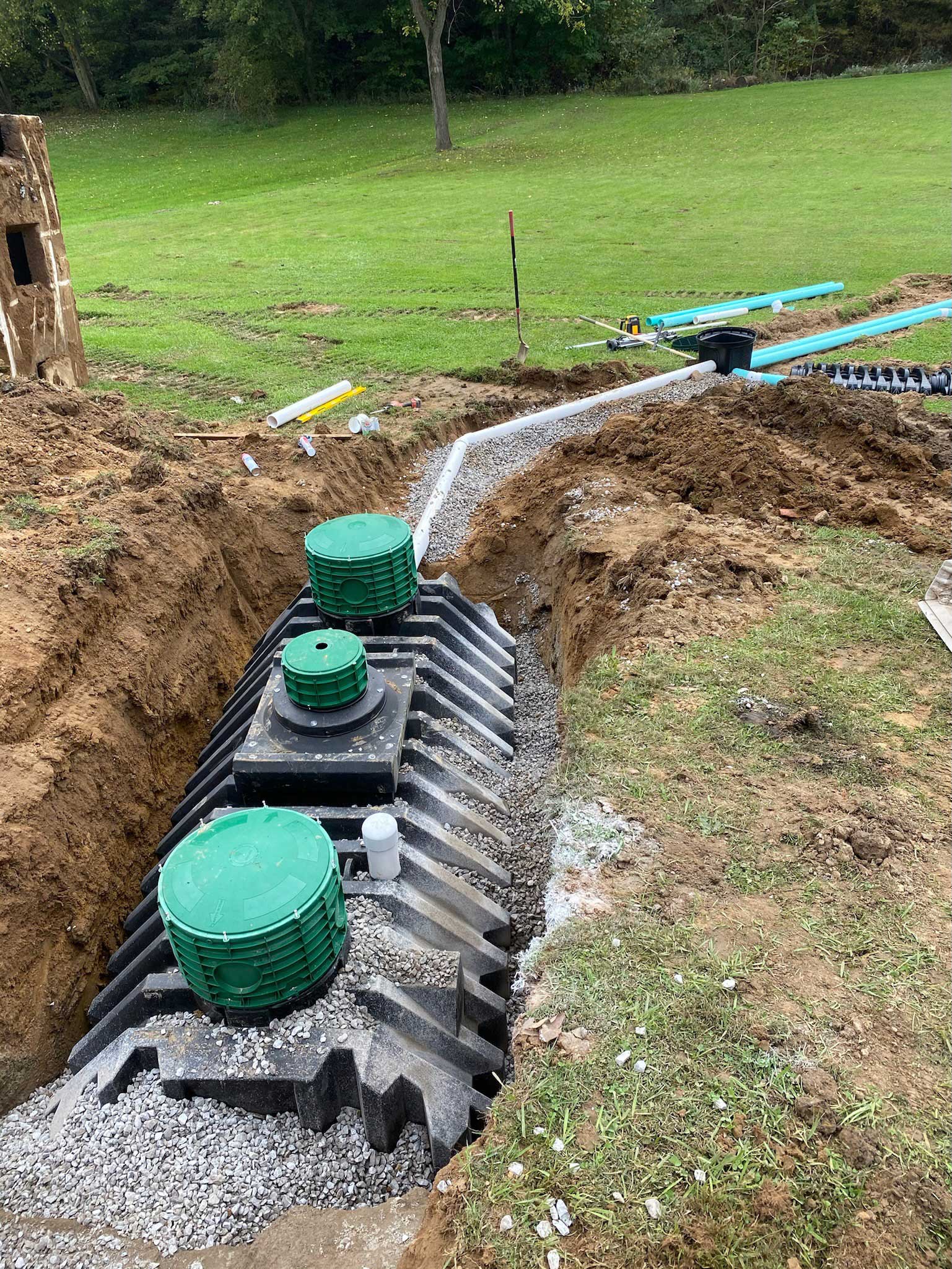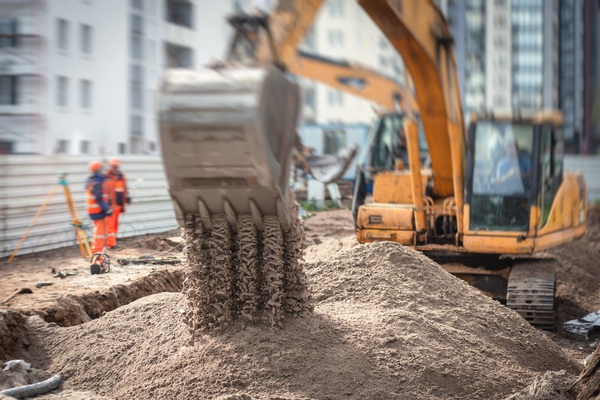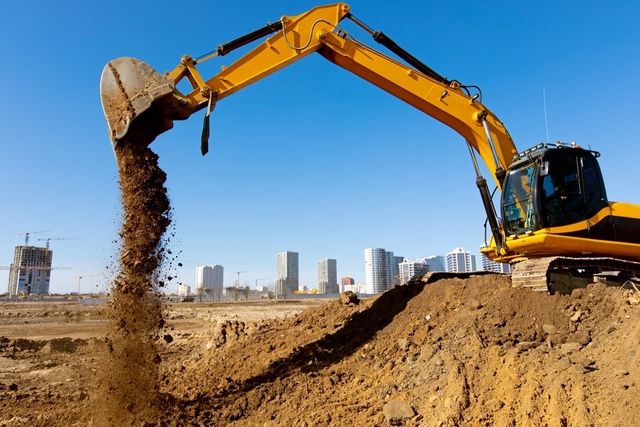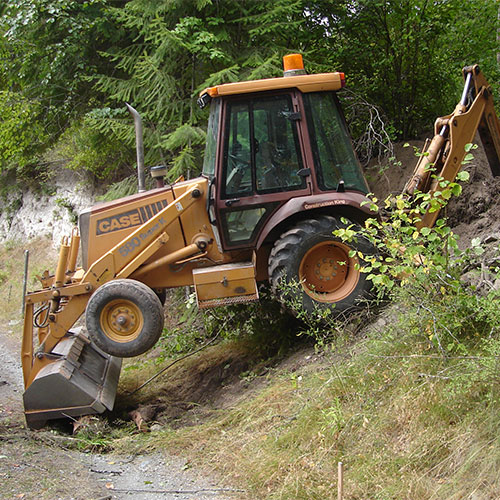Lancaster Excavation - Expert Excavation Solutions in Lancaster, OH
Lancaster Excavation - Expert Excavation Solutions in Lancaster, OH
Blog Article
Thorough Exploration: The Science Behind Superior Excavation Practices
From ancient hand tools to modern-day hydraulic excavators, the development of excavation techniques has been a testament to human resourcefulness and technological advancements. What absolutely establishes premium excavation practices apart is a deep understanding of geological concepts, coupled with the application of advanced tools and methodologies.
Development of Excavation Methods
Throughout background, the advancement of excavation methods has actually played a crucial function in progressing building and construction practices and historical discoveries. From the rudimentary devices utilized by our ancestors to the innovative machinery employed in contemporary times, the development of excavation approaches has actually substantially changed exactly how we approach numerous jobs.
In old times, manual labor with fundamental tools such as wheelbarrows, shovels, and pickaxes was the primary technique of excavation. This labor-intensive procedure limited the deepness and extent of excavations, typically resulting in slow-moving progression and restricted access to particular sites. As people progressed, so did the devices and techniques made use of for excavation.
The Industrial Revolution marked a transforming factor in excavation practices with the introduction of steam-powered equipment. This technology reinvented the field, enabling faster and a lot more comprehensive excavations. In modern times, technology plays a pivotal role in excavation, with improvements like general practitioner systems, drones, and 3D scanning enhancing accuracy and efficiency in the field. The development of excavation methods continues to form the way we build, discover, and comprehend the globe around us.
Role of Modern Technology in Excavation

The integration of cutting-edge innovation has actually basically changed the field of excavation, boosting accuracy and efficiency to unprecedented degrees. Among the key technological improvements that has actually substantially impacted excavation practices is the application of GPS systems. These systems permit accurate mapping of excavation websites, allowing operators to accurately situate below ground energies and structures. Furthermore, using telematics in excavation tools has made it possible for real-time surveillance of equipment performance, leading to aggressive maintenance and boosted operational performance.
Furthermore, the arrival of 3D modeling and simulation software has streamlined the preparation process for excavation tasks. Drivers and designers can currently picture the entire excavation process before beginning, enhancing and recognizing potential difficulties process. Along with this, the execution of drones in excavation activities has promoted airborne surveys, volumetric measurements, and website inspections with unequaled rate and accuracy.
Geological Principles in Excavation
An understanding of geological principles is necessary for ensuring the structural stability and stability of excavation websites. Geological factors play a critical duty in establishing the feasibility and safety of excavation tasks (lancaster trenching). One crucial geological principle to think about is the sort of soil or rock existing at the website. Different soil types, such as gravel, clay, or sand, have differing levels of stability and need different excavation methods. Natural dirts like clay may require extra assistance to prevent collapses, while sandy dirts might be susceptible to erosion during excavation.
By conducting extensive geological surveys and evaluation, excavators and designers can establish strategies to mitigate dangers and ensure the effective completion of excavation tasks. Inevitably, incorporating geological concepts into excavation techniques is crucial for attaining risk-free, efficient, and lasting outcomes.

Latest Tools for Excavation
In the realm of excavation methods, contemporary advancements in tools have actually changed the effectiveness and precision of excavation procedures. These drones can give comprehensive airborne studies of excavation websites, offering real-time information on topography and potential risks.
Another cutting-edge device getting appeal is the implementation of 3D printing technology for developing custom excavation tools. This enables the click over here now production of specialized devices that are customized to the specific demands of a task, boosting efficiency and decreasing downtime.
In addition, innovations in materials science have brought about the advancement of more powerful and much more sturdy excavation tools. septic ohio. Tungsten carbide-tipped excavator attachments, as an example, offer superior efficiency in tough ground conditions, enhancing productivity on-site
Science's Influence on Excavation Practices

In addition, scientific study on soil auto mechanics and geotechnical design has offered important understandings into soil actions, enabling excavation professionals to make informed choices regarding excavation techniques and dirt stablizing strategies. In general, scientific research proceeds to drive technology and enhancement in excavation practices, making excavation jobs much more effective, cost-efficient, and sustainable.

Final Thought
To conclude, the development of excavation techniques has been significantly affected by improvements in modern technology and a deeper understanding of geological principles. The most up to date tools and tools utilized in excavation have improved performance and accuracy in the area. The application of clinical knowledge has significantly enhanced excavation methods, leading to a lot more sustainable and efficient techniques for excavating various kinds of products.
In the world of excavation methods, contemporary innovations in devices have actually revolutionized the performance and precision of excavation processes. By leveraging clinical concepts, the excavation industry has actually been able to dramatically boost efficiency, accuracy, and security in excavation processes. GPR allows excavation teams to non-invasively look at these guys scan and map subsurface frameworks, energies, and possible threats, allowing them to plan excavation tasks with higher accuracy and reduced risk of mishaps.
In addition, scientific study on soil auto mechanics and geotechnical design has given valuable insights into dirt behavior, click enabling excavation specialists to make informed choices concerning excavation techniques and dirt stablizing techniques. Overall, science proceeds to drive innovation and improvement in excavation techniques, making excavation projects much more efficient, affordable, and lasting.
Report this page